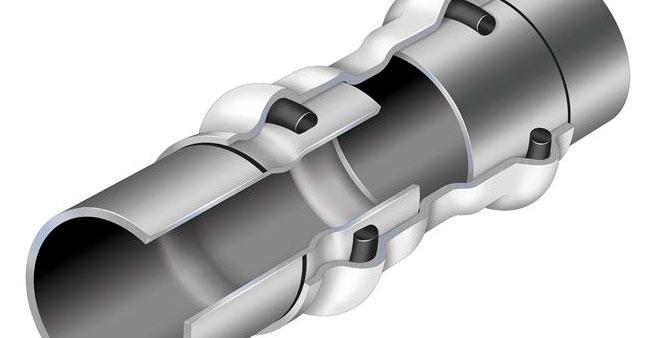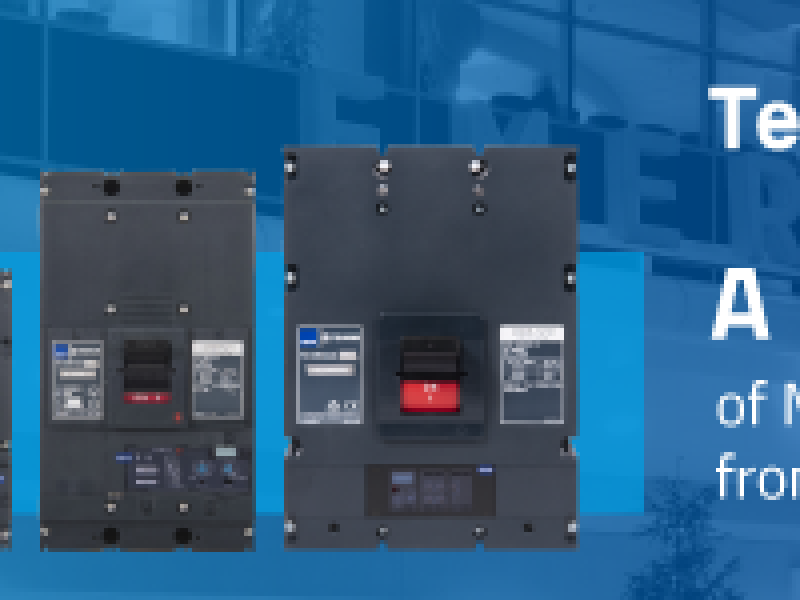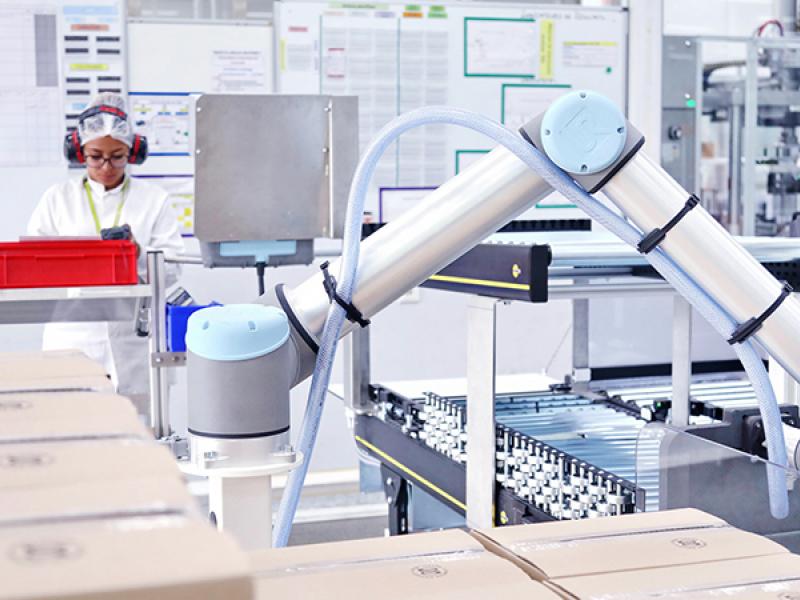Leaks in compressed air systems are a common and considerable problem. Around 20-30% of a compressor’s output is lost to leaks in facilities that have not properly maintained such systems. These leaks result in myriad problems, chief of which is higher operational costs. Leaks can also lead to fluctuating system pressure, decreasing the efficiency of tools and machinery. Equipment service life may suffer, increasing maintenance time and costs.
Leaks can occur at any point within a compressed air system, but the most common locations are joints and connections such as pipe joints, valves and fittings.
Distribution piping in many older compressed air systems is joined using threading—the least reliable pipe-joining method. Installation issues such as poor thread cuts, failure to clean the threads and improperly applied thread sealant can lead to leaks. Ongoing plant operations can also cause leaks because vibration and impact may weaken the seals.
Attempting to fix leaks in threaded piping systems can be futile. Tightening the joint by turning the pipe may loosen an adjacent joint, potentially creating a new leak. Often the solution to fixing leaks in threaded systems is complete replacement of the piping. Given the age and the number of leaks in many of these systems, it may be best to start anew by creating a system in which all components are compatible, using the latest technology available.
Press-to-connect systems have become a popular option for compressed air system piping. These systems join pipe by compressing a fitting onto the pipe-ends in a quick and flame-free process: Pipe is cut to size and deburred, marked for visual verification of complete insertion, and then inserted into a pre-lubricated coupling, fitting or valve. A handheld pressing tool is used to press the component—which contains elastomeric seals—onto the pipe-ends, providing a positive mechanical interlock and creating a rigid, permanent joint.
The Victaulic Vic-Press system is the latest advancement in press technology. Vic-Press is the industry’s first press-to-connect system designed for off-the-shelf ASTM A-312 Schedule 10S stainless steel pipe. Compared to Schedule 5S tube, Schedule 10S pipe offers increased strength and durability because the pipe-wall thickness is up to double that of the light-wall tube. This results in up to three times the end-load performance, twice the bend-load performance, a 52 per cent increase in available flow, and a 23 per cent reduction in pressure drop per 100 linear feet of pipe.
The elastomeric seals of the Vic-Press system significantly reduce the likelihood of leaks compared to threaded systems. In fact, in third-party accelerated aging and thermal cycling performance testing comparing press-to-connect and threaded systems, deviations from the original test plan had to be made because of frequent and repeated leaks in the threaded flow loop. Over the duration of the test, almost every threaded pipe joint developed severe leaks, leading the research team to state that the performance of the press system couplings was clearly superior to the threaded pipe joints.
By significantly reducing the likelihood of leaks in compressed air systems, Vic-Press increases energy efficiency and reduces operating costs. In addition, Vic-Press requires 70% fewer labour-hours than welding to install, and significantly reduces rework. No flame or arc is required as with welding, reducing risk to workers and property. The system can also reduce total installed costs compared to other joining methods.
Vic-Press is rated to 3450 kPa (500 psi) and joins stainless steel pipe 15-50 mm in diameter. Vic-Press products feature Grade “H” HNBR gaskets, suitable for services up to 98°C. Alternative gasket materials are available for services up to 121°C. In addition to compressed air, Vic-Press is ideal for applications such as potable water, oil, lubricated air, gases and general chemical services.
Click here to find out more about the benefits of Vic-Press versus welding






